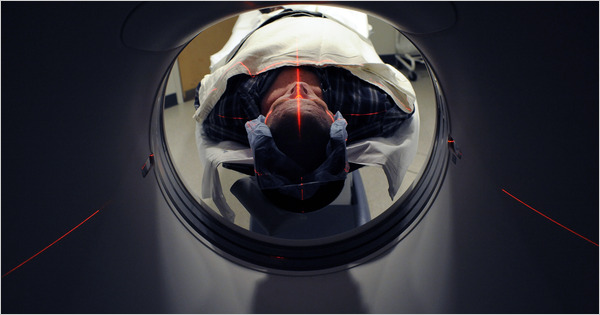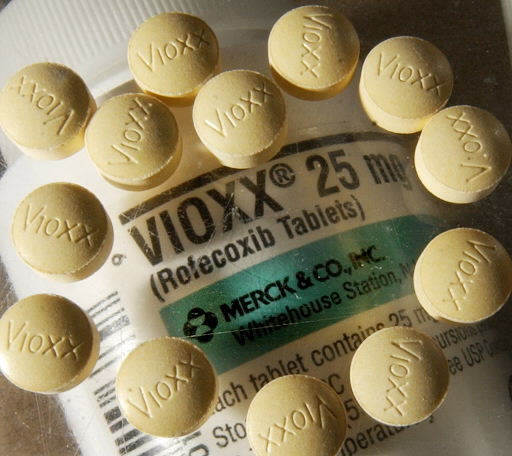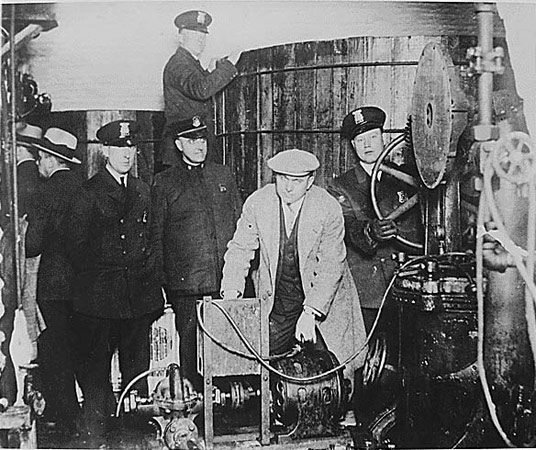
© NaturalNews
When a person signs up to participate in medical research, he or she is given a form to sign that is supposed to state the goal of the study as well as all the known possible risks of the drug or procedure being tested. But a new report by researchers from the University of Pennsylvania Law School and Columbia University concludes informed consent forms are often too long and complicated -- full of legalese and technical gobbledygook -- for many people to understand.
For anyone who takes a look at the sometimes shameful history of human experimentation in this country, even the slightest concern research subjects are not fully informed is worrisome. One of the most heartbreaking cases of study participants denied informed consent involved the infamous Tuskegee Syphilis Study.
Between 1932 and 1972, the U.S. Public Health Service conducted experiments on 399 poor African-American men suffering from syphilis. The men were never told what disease they had or its seriousness. Instead, they were told they were being treated for "bad blood" by doctors who had no intention of curing them of syphilis at all. In fact, the goal was to collect data from the men's bodies after they died from the excruciating effects of untreated syphilis.
In 1966, Henry K Beecher, M.D., published a scholarly article, "Ethics and Clinical Research," that documented 22 unethical research trials published in U.S. medical journals since World War II. The paper revealed horrendously dangerous experiments conducted on unsuspecting research subjects. For example, malignant cells from cancer patients were injected into elderly and debilitated inmates of the Jewish Chronic Disease Hospital -- people who were incapable of giving informed consent.








